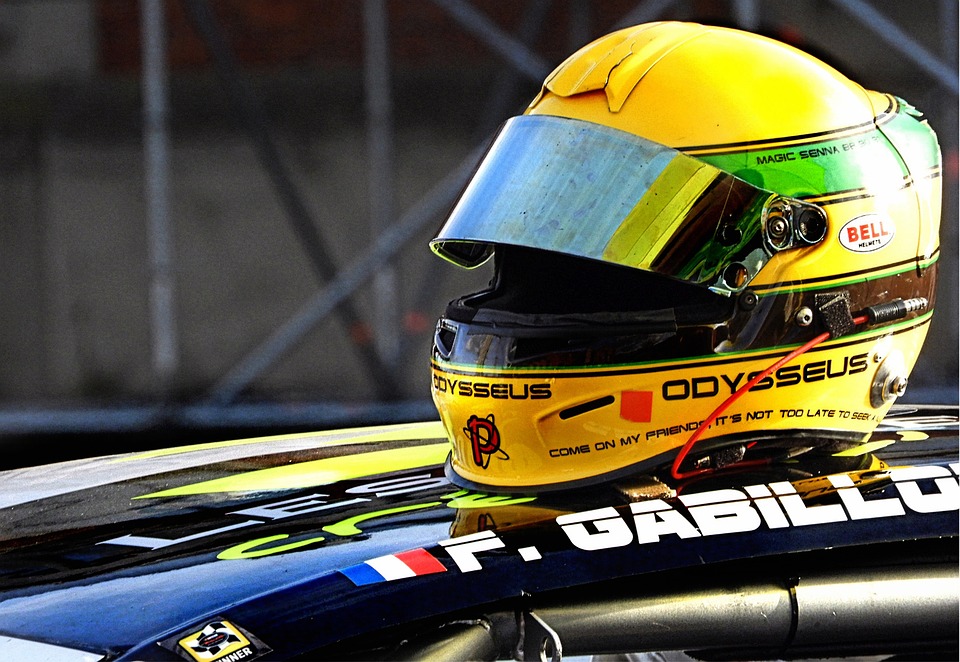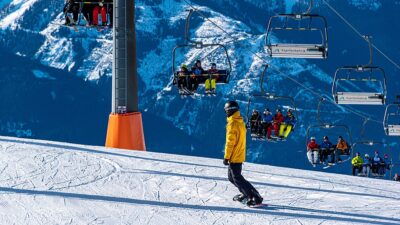NASCAR, known for its high-speed thrills and relentless competition, embodies a spirit of rivalry that captures the hearts of millions. However, what many fans may not realize is that behind the scenes, some of the fiercest competitors are collaborating in unexpected alliances. These team partnerships can be strategic, advantageous, and, at times, complex. This article delves into the dynamics of NASCAR team alliances, highlighting their significance in the world of stock car racing.
The Nature of Competition
At its core, NASCAR is a sport defined by competition. Drivers and teams spend countless hours fine-tuning their cars, studying the tracks, and strategizing for races. While individual glory is a primary objective, collaborations often arise from the need to enhance performance, improve reliability, or gain an edge over others.
Strategic Partnerships
In NASCAR, alliances can be seen as strategic partnerships among teams that share resources, information, and technology. These collaborations often occur within larger organizations, where multiple teams operate under a single banner. For instance, teams like Joe Gibbs Racing, Hendrick Motorsports, and Team Penske exemplify how different drivers and crew members work toward a common goal while maintaining their distinct identities on the racetrack.
Information Sharing
One of the primary benefits of these alliances is the sharing of information. Teams exchange data on car setups, tire strategies, and track conditions. This cooperation enables teams to leverage each other’s strengths, minimizing trial and error and accelerating the development process. The result is often a more competitive field, with multiple cars benefiting from shared insights.
Pitting Strategies
Alliances extend to race strategies, particularly during pit stops. When drivers from allied teams share the same pit lane, they can synchronize their stops to minimize time lost during the race. This tactical maneuver can significantly influence outcomes, particularly in close contests where milliseconds matter. By cooperating during critical moments, allied drivers can maximize their chances of finishing strong.
Navigating Rivalries
Despite the advantages of collaboration, the nature of NASCAR also invites intense rivalries. Team alliances can be tested during races, where the competitive spirit often leads to on-track collisions or hard racing. The delicate balance between partnership and individual aspiration can be a source of tension. The legendary feud between drivers such as Dale Earnhardt and Jeff Gordon illustrates how alliances can be strained by personal rivalries.
Balancing Relationships
Successful alliances require careful management of relationships. Team owners and crew chiefs must navigate the complexities of competition while maintaining camaraderie. Clear communication and mutual respect are essential for alliances to thrive. Disputes can send ripples through teams, affecting not only driver dynamics but also relationships between team owners.
The Impact of Technology
In the age of rapidly evolving technology, alliances in NASCAR have taken on new dimensions. As teams invest in research and development, the sharing of innovations becomes crucial. Collaborations focused on aerodynamics, safety features, and performance enhancements create a more level playing field, where the benefits of teamwork can be seen both on and off the track.
Data Analytics
The advent of data analytics has transformed how teams approach racing strategies. Teams are now using advanced software to analyze performance metrics, car behavior, and driver performance. By pooling data from multiple teams, alliances can refine their strategies, improve pit-stop efficiency, and enhance overall performance.
Future of Team Alliances
As NASCAR continues to evolve, the role of team alliances will only deepen. The challenge lies in balancing collaboration with competition, as teams strive for victory in an increasingly competitive landscape. With new regulations and technological advancements on the horizon, the alliances of today may morph into dynamic partnerships that push the boundaries of racing.
Conclusion
From rivals to allies, the dynamics of NASCAR team alliances reveal a fascinating undercurrent of cooperation in a sport built on competition. These partnerships demonstrate that success is often a collective effort, where information sharing, strategic planning, and technological collaboration can lead to victory. As fans witness the intense rivalries unfold on the track, they should also appreciate the intricate web of alliances that contributes to the rich tapestry of NASCAR racing.



